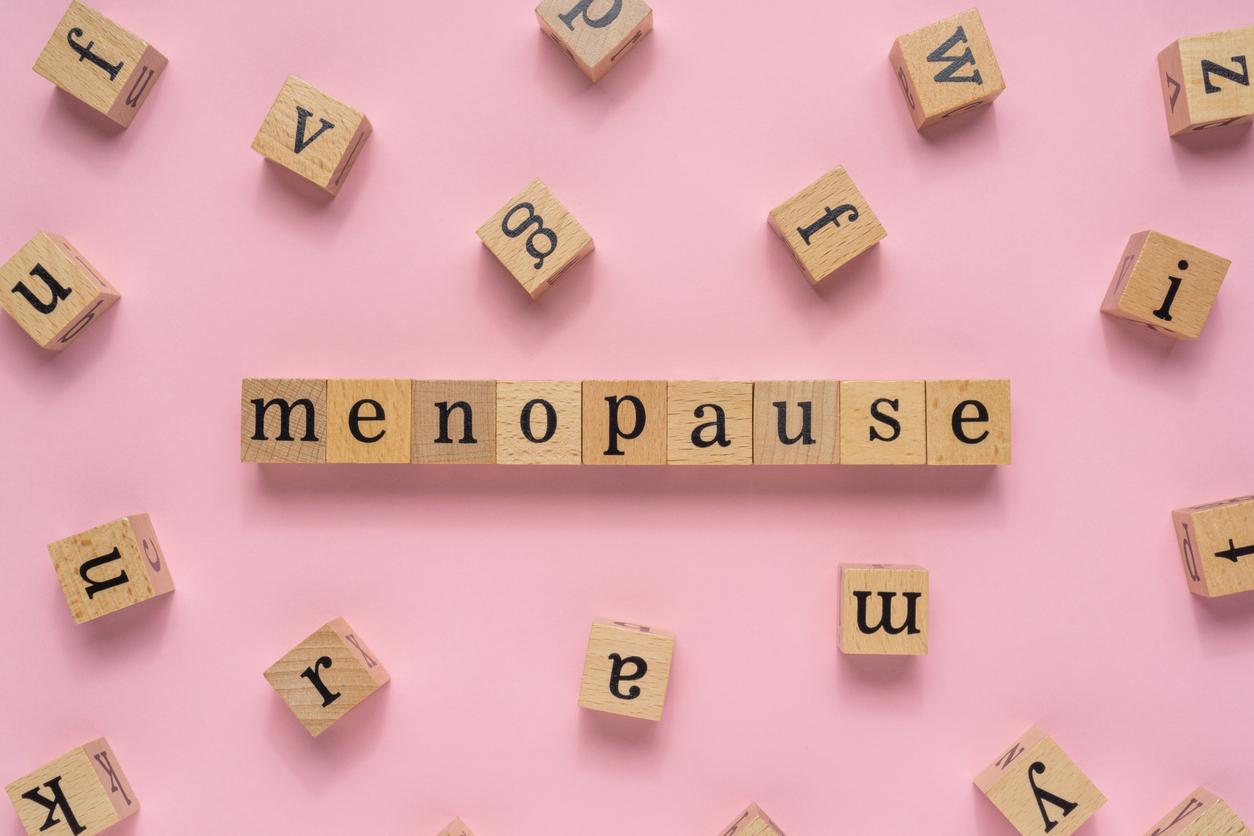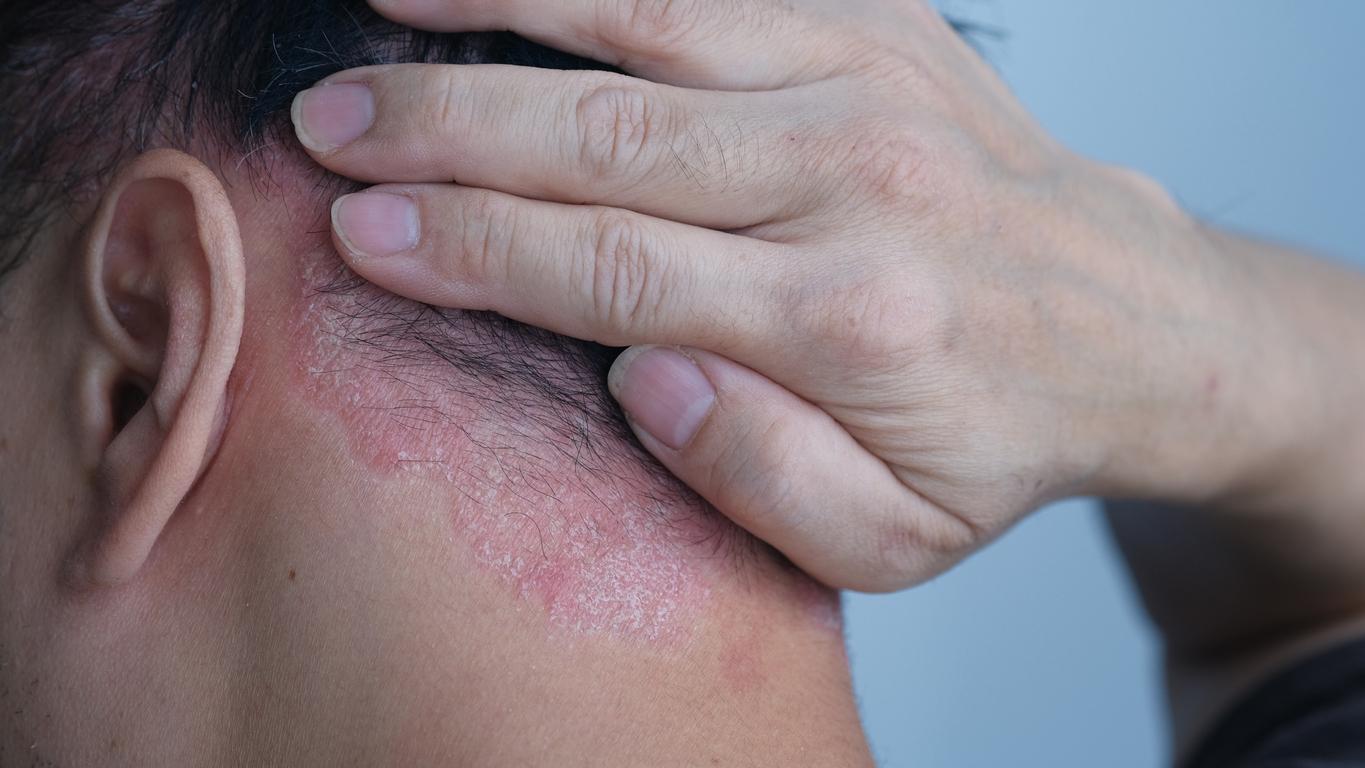SUMMARY :
- Definition of pneumonia
- The causes and risk factors
- Symptoms of pneumonia
- Diagnosis, evolution
- The mode of transmission of pneumonia
- Treatments for pneumonia, convalescence
- Complications of pneumonia, risks
- Prevention
- Pneumonia and Covid-19
November 12, 2021 is World Pneumonia Day.. This respiratory pathology is responsible for millions of deaths each year, including children: 1.8 million children under the age of 5 die of pneumonia every year in the world, ie one every 20 seconds! However, when diagnosed early (and well taken care of), it can be treated well.
In addition, vaccination can significantly reduce the number of deaths. This observation is valid in our country, but especially in developing countries, where health systems remain very fragile. Currently, 98.5% of these deaths occur in developing countries.
Definition of pneumonia
“Pneumonia is an inflammation of the lung tissue (the lung itself) linked to an infection by germs (bacteria, viruses, fungi in some cases)”, explains Dr. Jean-François Bervar, pulmonologist at the Calmette hospital in Lille. It differs from the bronchitis which is an inflammation of the bronchi and not of the lungs.
“Bronchitis is much more frequent and does not have the severity of pneumonia which affects the pulmonary parenchyma, the area where respiratory exchanges take place between the blood and the air breathed in, which can induce a lack of oxygen in the lungs. blood, says the doctor. Pneumopathies are rarer than urinary tract infections, which are the main cause of infection, but they are more serious and represent the first cause of death by infection in France and in industrialized countries, he adds.
The causes and risk factors
Community-acquired pneumonia (acquired in town) can be of origin viral or bacterial. “In pneumonia of bacterial origin, the most frequent germ is the Pneumococcus (Streptococcus pneumoniae), and it is also the one that kills the most”, informs the pulmonologist. The other germs frequently found are: legionella (including Legionella pneumophila), Haemophilus influenzae, mycoplasmas (Mycoplasma pneumoniae).Under certain circumstances, bacteria such as Staphylococcus aureus (Staphylococcus aureus), certain Gram-negative bacilli of the Enterobacteriaceae group (Klebsiella pneumoniae, Escherichia coli…), Pseudomonas aeruginosa. In the case of viral pneumonia, the viruses frequently found are adenoviruses, influenza viruses and rhinoviruses.
Age is the most important risk factor for pneumonia and also death from pneumonia. 80% of deaths occur in people over the age of 65. Other risk factors in an immunocompetent person (whose immune system works properly) are smoking, excessive alcohol consumption, chronic disease including heart disease, diabetes.
Symptoms of pneumonia
The symptoms of pneumonia are similar to those of other lower respiratory infections such as bronchitis: dry cough or cough with rather purulent sputum, fever usually above 38.5°C. “Fever may be absent, especially in very elderly patients, specifies the pulmonologist. One shortness of breath can occur. It’s a sign of seriousness.”, warns Dr. Bervar. “On auscultation, an area of crackles is very suggestive of pneumonia”, he indicates.
Diagnosis, evolution
the pneumonia diagnosis can be evoked clinically but a chest X-ray confirms the diagnosis. “This shows, in the case of pneumonia, more or less localized or more or less diffuse pulmonary opacities, on one or both lungs, on one or more lobes, describes the pulmonologist. We now have rapid diagnostic tests for viral pneumonia by PCR technique with a nasal swab, as for Covid-19“, specifies the pulmonologist.
The mode of transmission of pneumonia
The mode of contagion of pneumonia differs depending on whether the pneumonia is of viral or bacterial origin. “There are relatively few human-to-human contaminations of bacterial pneumonia, with the exception of mycoplasma pneumonia. This bacterium can be the source of epidemic foci in a barracks, a boarding school…”, informs Dr. Bervar. Viral pneumonias are more transmissible, “due to the more infectious nature of viruses”. Thereby, “flu pneumonia is contagious like the flu is, and coronavirus-related pneumonia is transmitted,” says the pulmonologist.
Treatments for pneumonia, convalescence
“Any pneumonia has an indication of antibiotic treatment, it must be started quickly, informs Dr. Jean-François Bervar. The germ most frequently involved, Pneumococcus, being sensitive to penicillin, it is an antibiotic of this group (amoxicillin) which is prescribed as a priority. In case of arguments for legionella pneumonia, macrolides are used. In more severe forms, a penicillin-macrolides combination can be used from the outset. he describes.
Pneumonia does not necessarily lead to hospitalization. Many are treated in city medicine. The people who are hospitalized are those who present criteria of gravity, comorbidities, unfavorable socio-economic conditions.
The duration of antibiotic treatment is between 5 and 7 days.
Recovery time depends on the severity of the episode and co-morbidities.
Complications of pneumonia, risks
The viral pneumonia is frequently complicated by bacterial superinfection. Bacterial pneumonia can be complicated by pleural effusion or pleurisy (inflammation of the pleura and/or presence of fluid in the pleural cavity), much more rarely by lung abscess. Pneumonia is associated with a risk of sepsis (bacteria circulating in the blood), especially in Pneumococcal pneumonia.
Prevention
The standard hygiene rules (washing hands first) are useful in preventing pneumonia of viral origin but not for those caused by bacteria. “In the prevention of influenza and post-influenza pneumonia, the flu vaccine is recommended. The pneumococcal vaccine is recommended for people with respiratory or other risk factors (generally anyone with a chronic disease, informs the pulmonologist. The two pneumococcal vaccines (Prévenar13 and Pneumovax) do not provide 100% protection against the more than 90 Pneumococcal serotypes, but they cover the most frequent, most virulent and most fatal Pneumococci. says the doctor.
Pneumonia and Covid-19
“Pneumonia is the primary mode of death from Covid, teaches Dr. Bervar. This pneumonia can be relatively mild, with no or few symptoms, then it can worsen in 5 to 10 days and lead to respiratory failure., he says. When this pneumonia is more interstitial, more diffuse, it is not necessarily visible on the chest X-ray.
The chest scan will show him images of pneumonia. In some people, pneumonia is severe from the outset, with acute respiratory distress syndrome with hypoxia that requires oxygenation.
Sources:
- Interview with Dr. Jean-François Bervar, pulmonologist at the Calmette hospital in Lille
- Mathieu Bliot, Pneumonia management, IUD Anti-infective therapies Grenoble March 24, 2021
- Course Item 86: Bronchopulmonary infections in adults, National College of Medical Resuscitation Teachers campus.cerimes.fr
- Community-acquired pneumonia Arnaud Friggeri, Le Congrès Médecins. Essential conference © 2014 Sfar
Read also:
- Angina: what symptoms and treatments?
- Otitis in adults: symptoms, contagion, what to do?
- Loss of voice: causes, duration, what to do?
- Cold: symptoms, duration, treatments
















